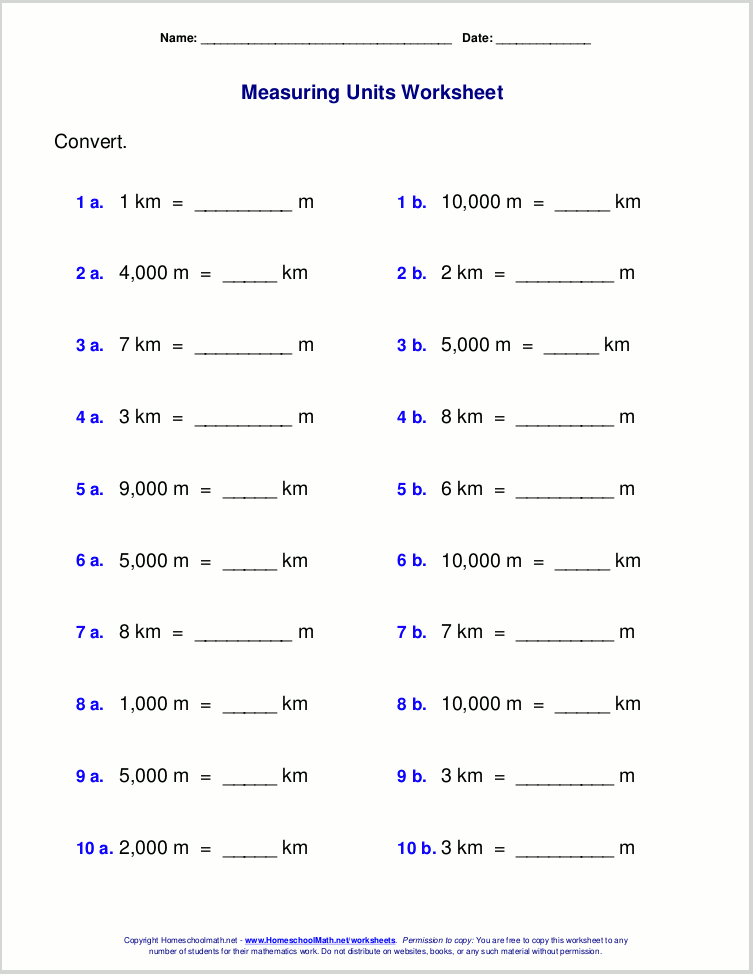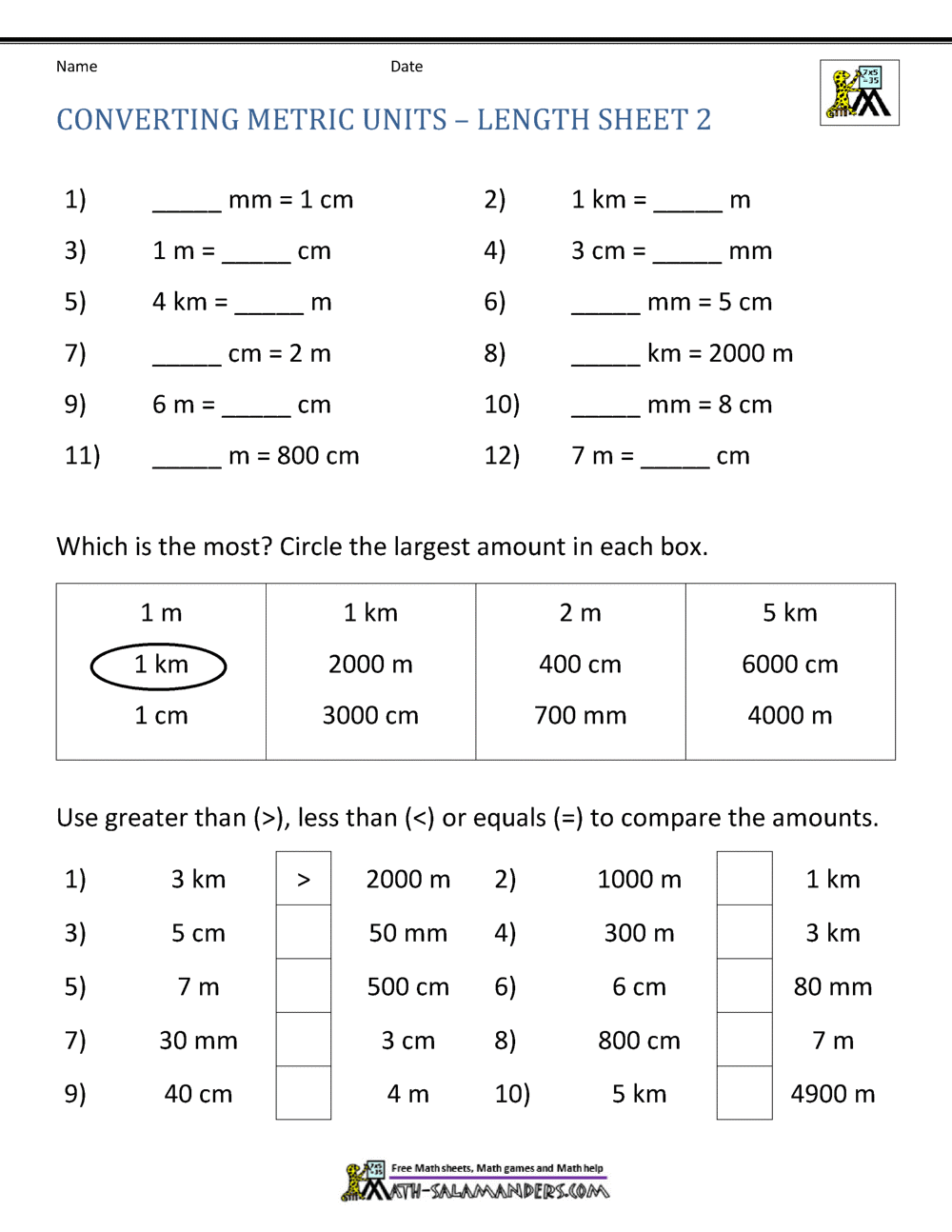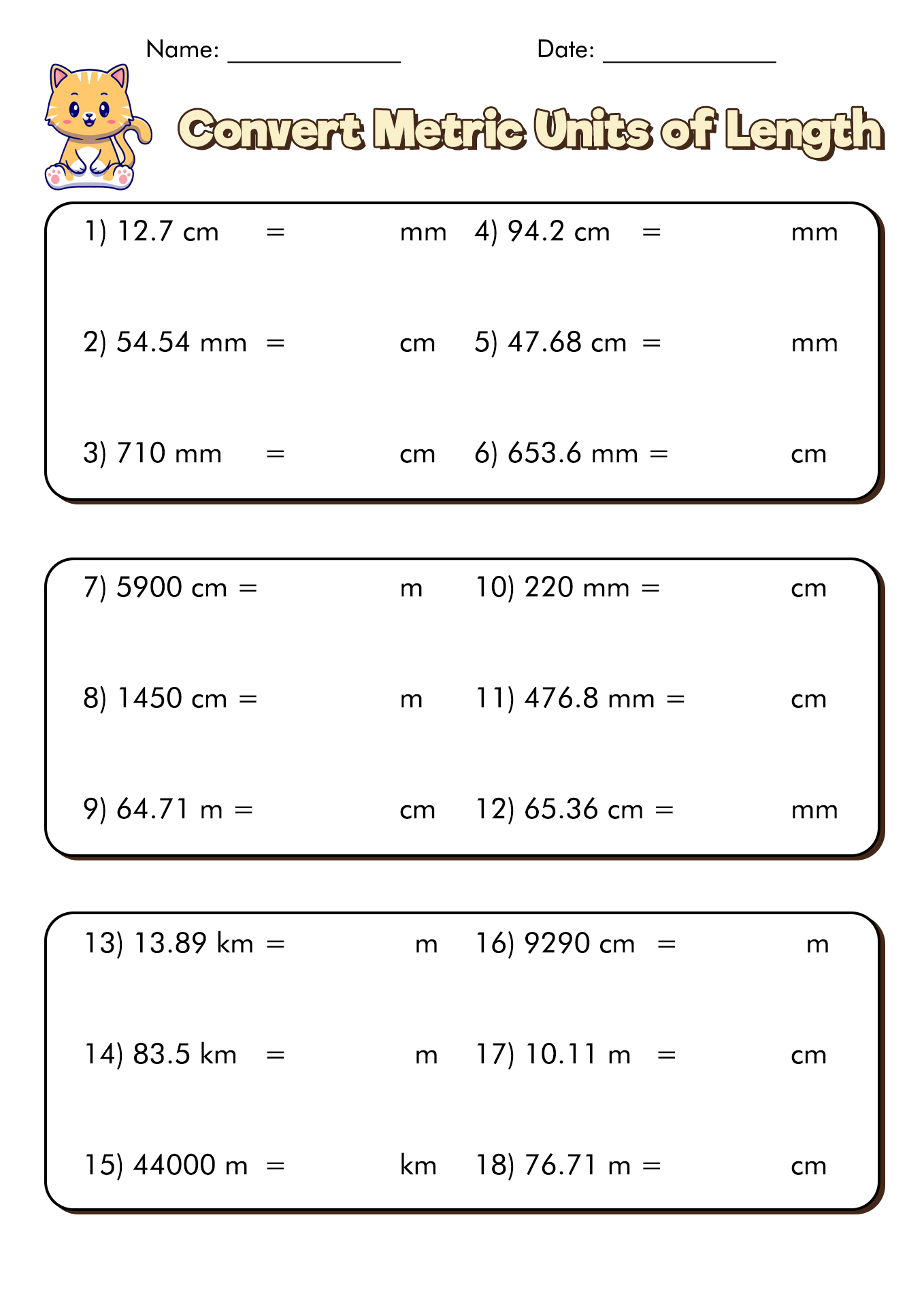Imagine a world where measurements were intuitive, interconnected, and effortlessly understood across borders. This is the promise of the metric system, a globally embraced standard of measurement used in almost every country except for a select few. While the United States still predominantly clings to the imperial system, the conversation surrounding the advantages of converting to metric continues to gain momentum. But what exactly does this transition entail, and what are the potential benefits and challenges?
The metric system, also known as the International System of Units (SI), is a decimal-based system of measurement that originated in France during the late 18th century. Its elegance lies in its simplicity: all units are interconnected by powers of ten, making conversions incredibly straightforward. For instance, one meter equals 100 centimeters or 1,000 millimeters. This logical structure contrasts sharply with the complexities of the imperial system, where conversions between units often involve arbitrary numbers and fractions.
The global adoption of the metric system underscores its significance in facilitating international trade, scientific collaboration, and communication. Imagine the ease of understanding product specifications, sharing scientific data, or even following a recipe without the need for complex conversions. This universal language of measurement fosters clarity, reduces errors, and streamlines processes across diverse fields.
Despite the clear advantages of a unified system, the transition to metric has been a subject of debate, particularly in countries deeply entrenched in the imperial system. Resistance to change, perceived costs of implementation, and concerns about disrupting established practices are among the main issues raised. However, proponents of the metric system argue that the long-term benefits far outweigh the initial hurdles.
One of the most compelling arguments for conversion lies in the enhanced efficiency and reduced risk of errors the metric system offers. Whether you're calculating dosages in healthcare, designing infrastructure in engineering, or simply measuring ingredients for a recipe, the simplicity of decimal-based conversions minimizes the potential for mathematical mishaps. This inherent clarity is particularly crucial in fields where accuracy is paramount.
The global nature of the modern world further strengthens the case for adopting the metric system. As international collaboration in science, technology, and commerce continues to flourish, a shared language of measurement becomes increasingly vital. Whether it's exchanging research findings, developing innovative products, or negotiating trade agreements, a universal system minimizes misunderstandings, fosters efficiency, and strengthens global partnerships.
While the journey towards fully embracing the metric system might seem daunting, history provides compelling examples of successful transitions. Countries like Australia, Canada, and New Zealand have successfully navigated this shift, demonstrating that the perceived challenges can be overcome with careful planning, public education, and a commitment to embracing a global standard.
In conclusion, converting to the metric system represents a significant step towards embracing a simpler, more efficient, and globally unified approach to measurement. While challenges and resistance to change are inevitable, the long-term benefits in terms of enhanced communication, reduced errors, and streamlined processes far outweigh the initial hurdles. As the world continues to shrink and global collaboration intensifies, embracing the metric system is not merely a matter of convenience but a strategic imperative for progress and understanding in the 21st century.
Decoding ol relay contact symbols your guide to electrical diagrams
Ward off bad vibes with stylish evil eye clip art
Navigating the labyrinth aarp medicare supplement plans
4th Grade Metric Conversion Worksheets - Khao Tick On
Converting Metric System Worksheet - Khao Tick On
Converting Metric Units A Worksheet - Khao Tick On
converting to metric system - Khao Tick On
Converting Cubic Metric Units Worksheet - Khao Tick On
Converting Customary Units Worksheet - Khao Tick On
Converting Metric Units Worksheet - Khao Tick On
FREE Printable Metric System Worksheets [PDFs] - Khao Tick On
Converting Metric System Worksheet - Khao Tick On
How To Teach Metric Measurement - Khao Tick On
Metric System Questions And Answers - Khao Tick On
Converting Metric System Worksheet - Khao Tick On
Metric SI Unit Conversions: Metric SI Length - Khao Tick On
Converting within the Metric System using the Metric Staircase - Khao Tick On
Converting Cubic Metric Units Worksheet - Khao Tick On







![FREE Printable Metric System Worksheets [PDFs]](https://i2.wp.com/brighterly.com/wp-content/uploads/2022/12/metric-system-worksheets-images-5-400x566.jpg)






